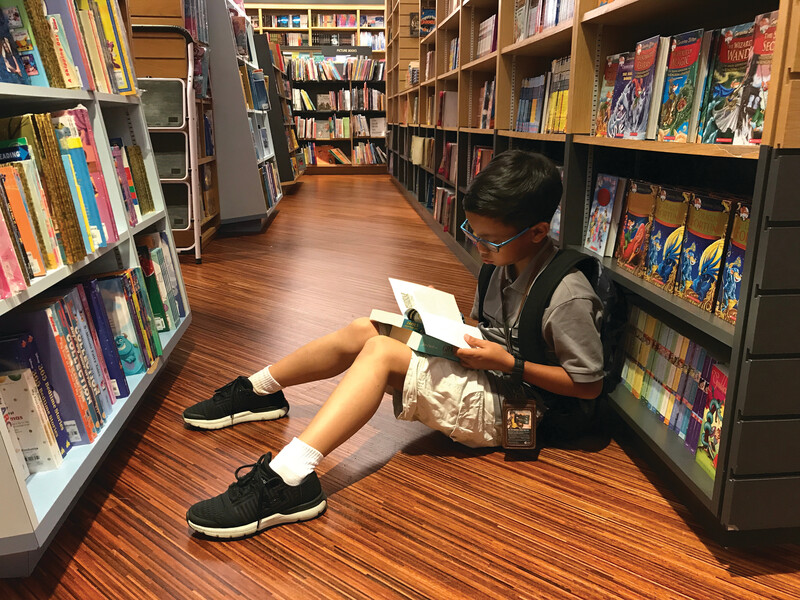Language at the Speed of Sight: How We Read, Why So Many Can't, and What Can Be Done About It (Basic Books, 2019) by Mark Seidenberg
It's impossible for those of us who can read, reading researcher Mark Seidenberg says, to realize how complicated reading is. Cognitive neuroscientists like Seidenberg have for decades used technologies like Functional MRI and eye trackers to pinpoint the cognitive and physical actions involved as people read—and key points where a particular connection may not be cemented or skill attained, so the learning-to-read sequence breaks down.
Seidenberg, who's researched reading "since the disco era," puts his research in layman's terms. His book is fascinating on issues such as the brain activity of dyslexics or how readers mentally activate the phonological code ("hearing" words in their head), even without knowing the implications of these findings. But those implications are woven in. The book's middle chapters, for instance, detail what skills and knowledge all children need to master in a progression (and what kinds of instruction activates that progression) to gain the foundation that lets them read enough to accumulate "unconscious statistical knowledge" about how printed language works.
Kids who read more get better at reading because "language exhibits statistical regularities … " Seidenberg says. "Reading [helps us unconsciously learn] regularities in how letters combine and how orthography relates to phonology and meaning." This "continual … updating of knowledge about word patterns" allows a reader to subconsciously apply patterns and principles learned to unfamiliar words, vastly speeding up decoding and comprehension.
Seidenberg stresses two points relevant to educators: (1) The early and super-tight connection between reading and speech (toddlers who have limited speech usually struggle in reading by school-age); and (2) what he characterizes as a worrisome gap between what reading science shows about how we learn to read and how reading is taught in schools. For instance, research shows direct instruction in phonics is crucial for most kids to learn to read, yet Seidenberg contends that many early elementary teachers "outsource" heavy phonics instruction to supplemental programs done at home or to private tutoring services.








